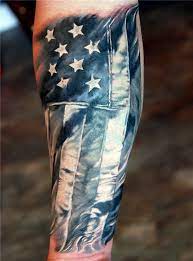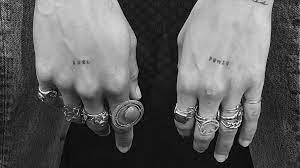
Tattoo Origins
Tattoos have been used to distinguish people in social, political, or religious groups and for artistic expression and therapy. American-style tattoos began featuring recognizable images for Americans, different from the exotic designs favored by sailors and military personnel. Sailors and circus performers were early adopters of this trend, using tattoos to represent their experiences at sea or journeys to specific regions.
Sam O’Reilly
Sam O’Reilly was a famous tattoo artist born in Connecticut in 1854. As a teenager, he worked in a clock shop but later got into trouble and served prison time. He introduced the electric tattoo machine in 1891, based on Thomas Edison’s Autographic Printing Pen. This invention revolutionized tattooing by increasing speed and precision.
Millie Hull
Mildred Hull, or Millie, was a pioneering female tattoo artist on Manhattan’s Bowery in the early 20th century. She initially worked as a circus burlesque dancer but found that tattooing could provide better income. Millie learned her craft from Charlie Wagner, a renowned tattoo artist in New York. She eventually opened her successful tattoo shop, the “Tattoo Emporium,” which operated for over 25 years.
Bob Wicks
Bob Wicks, also known as Texas Bobby Wicks, was pivotal in New York City’s tattoo culture. Wicks was an essential member of Charlie Wagner’s tattoo studio and worked alongside other legendary tattoo artists. He also piloted the city’s first tattooing machine, which has since been widely used in acclaimed studios worldwide.

